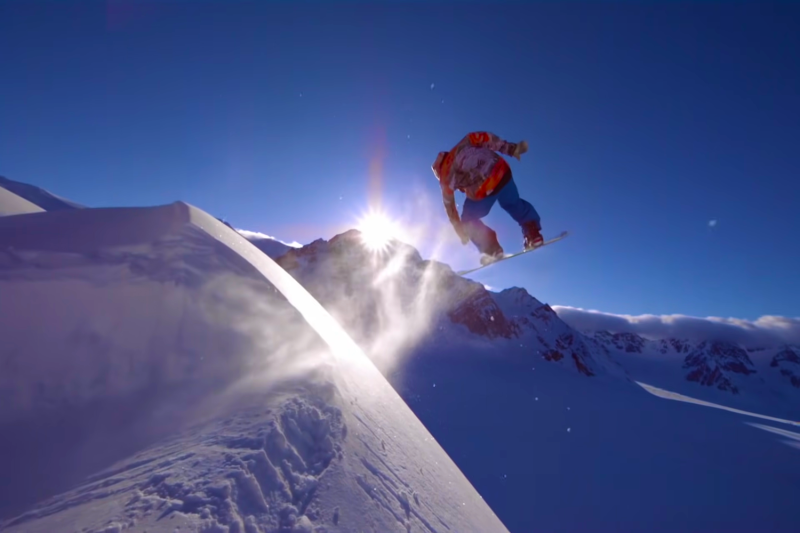
Thanks to new snowmaking technology, the ski and snowboard season is getting longer each year, in some areas, it can even stretch into summer. If you want to take advantage of the extended season, instead of the usual springtime storage wax, this year, you might need to keep your snowboard gliding into July. Waxing your skis or snowboard is one of the fundamental skills that every rider should learn as part of tuning their setup. Sure, you can drop your gear at the store to have it tuned — it’s good to support local businesses, and getting a pro tune once a season is not a bad thing — but if you’re riding regularly, the price starts to ramp up.
By the time you’ve paid for a few waxes, you could have got yourself a tuning kit and gone for the DIY approach to ski care. That means ironing on the ski wax, letting it cool, and scraping off the excess. While your iron and scraper will do the job for every waxing session, your wax won’t. Snowboard wax is temperature dependent, and getting it wrong can affect your riding, so here’s our guide on how to pick the right wax for your ride and how often you should wax your snowboard or skis.
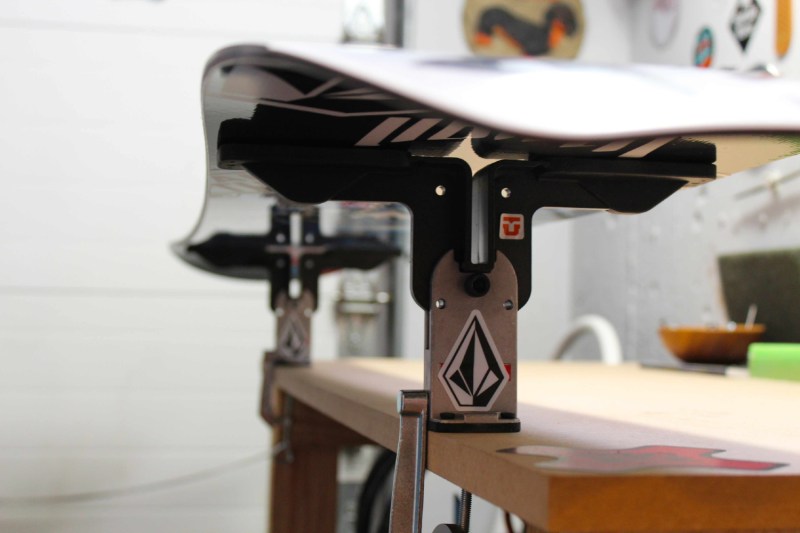
Why you need to wax skis and snowboards
In short, waxing your snowboard keeps you riding smoothly, fast, and in control. An unwaxed snowboard will grip the snow rather than glide. This might sound like it will just slow you down, but dry patches on your skis or snowboard affect more than just your top speed. Whether initiating your turn and changing your edge or just trying to cruise along, you’ll find that these grip points can grab and make your ride feel twitchy or out of control.
The base of your skis or snowboard is made up of tiny pores that need to be filled with wax. If you imagine this a little like a cheese grater — it’s not that gnarly, but humor me — running along the snow, there’s a lot of grip there. But fill these pores with wax, and you’ll be gliding over the snow effortlessly and keeping your snowboarding or skiing gear in condition for longer.
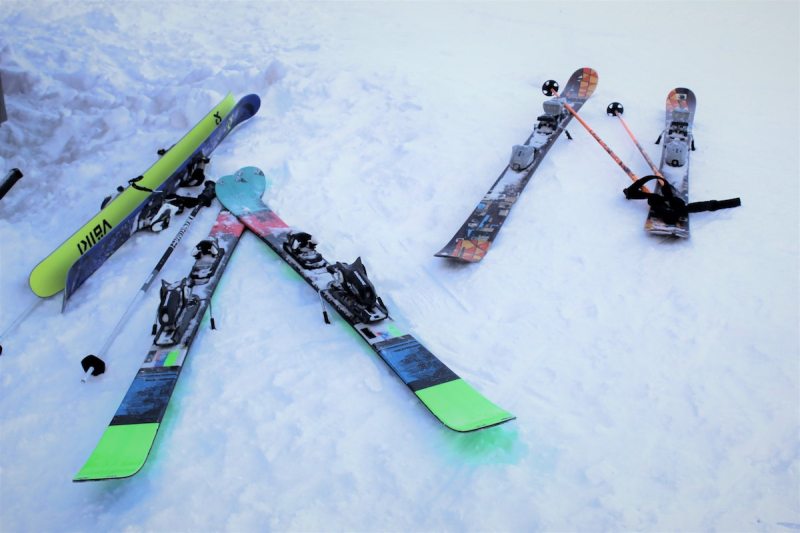
Ski and snowboard wax: Why temperatures matter
There is such a thing as all-temperature snowboard wax. When this exists, why would you use anything else? Well, I’m not knocking it, and it has its place, but think of the universal ski wax as your all-mountain snowboard. If you were only going to own one type of wax and take it on holiday, it might do the job. It’s going to be okay in most conditions. But, like powder boards, park boards, and splitboards, there’s a reason that more specialist wax has been made.
Primarily, this is because snow is different in colder and warmer temperatures. Cold snow — keep humoring me; I know that all snow is cold — forms into sharper, harder crystals that can scratch away at softer waxes, so cold weather wax is fitted with a hardener. In warmer weather, though, this hard wax generates more friction against the rounded flakes and can slow you down. Warm waxes are fitted with a hydrophobic element to combat the wetter friction caused by warm snow.

How often to wax a snowboard or skis
How often you should wax your skis or snowboard depends on how often you ride, the conditions you ride in, and how fast you want to go. Some ski racers will wax their gear every time they hit the mountain, but this is overkill for the recreational rider. As a rough guide, you want to aim to wax your base after every three to four days of riding. If you live in a ski resort, this might be as frequently as once per week.
You can tell if your snowboard needs waxing as you ride it and by looking at the base. If you find yourself slowing down more than usual — especially struggling to carry speed over flat spots — or gripping and twitching oddly, chances are you need to slap on some wax. To check, leave your snowboard to dry out at the end of the day and look at your base. If there are patches that look white and dry, then it’s time to get the snowboard wax and iron out.
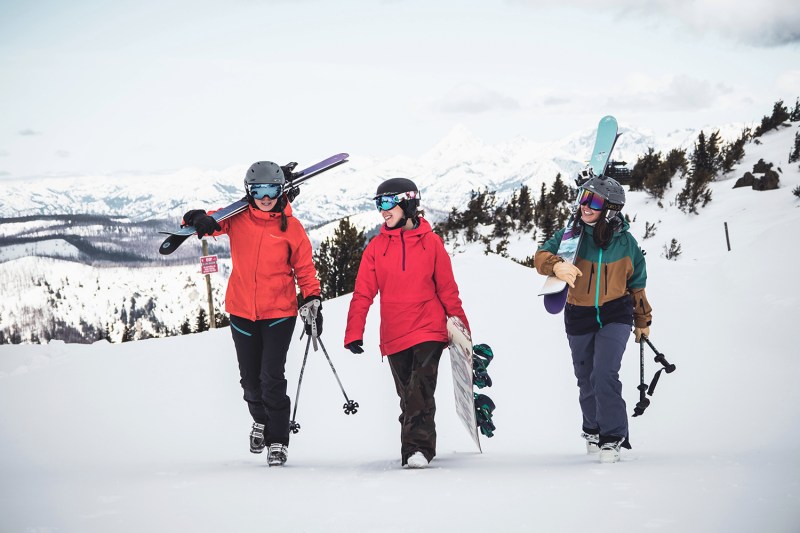
The ski and snowboard wax you should be using
Before we get into temperature ratings for different waxes, there’s one vital factor to consider when picking snowboard wax. Your board needs to be re-waxed periodically because your wax gets scraped out as you ride. Basically, you’re leaving tiny particles of wax all over the mountain, and so is everyone else. To keep your mountains pristine, we strongly urge you to choose an eco-friendly, biodegradable ski wax like or .
Now that our all-important PSA is dealt with, let’s look at temperatures. We could get super technical here and go into air temperatures vs. snow temperatures, but let’s keep things simple instead. There are three main periods of the season, and here’s how to wax your gear accordingly:
- Early season; October to December — Warm wax rated to around 32 degrees Fahrenheit
- Midseason; January to February/early March — Cold wax rated to around 25 degrees Fahrenheit
- Late season; March to May/June — Warm wax rated to around 32 degrees Fahrenheit
It’s that easy. Your best bet is to stock up on a few blocks of warm and cold wax to be ready to wax whatever the season throws at you. Remember to practice waxing your gear so you get faster and more efficient. Oh, and don’t forget the storage wax when you finally pack your gear away; otherwise, you’ll have some dry equipment next winter.
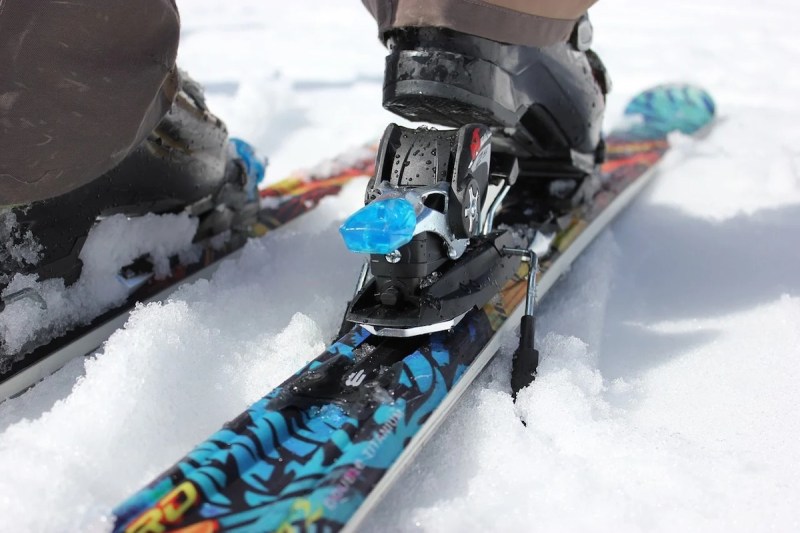
What about rub-on wax?
For the beginner, waxing your skis and snowboard can seem daunting. The thought of working on your gear with files, scrapers, scouring pads, and an iron seems like a ton of work, and the chances of doing something to screw up your skiing or snowboarding gear seem high. However, it really isn’t that hard, and with some good directions that you can find online, it should take about an hour and will save you from having to pay for a professional waxing.
But there is another option, and while it’s not as much of a long-lasting option, it’s easy for a beginner to apply. Rub-on wax is just like it sounds: It’s a product with an oiler consistency than standard ski or snowboard hot wax. You apply it directly from the container to your gear and you can be done in as little as 5 minutes.
However, there is a drawback. Rub-on wax is only intended as a temporary solution, and it won’t have a long life. It usually wears off in about two or three days and you’ll need to reapply. So, unless you’re having an emergency and you need a quick fix, you’re probably better off sticking with the good stuff. Your gear will thank you.
Editors' Recommendations
- Snowboarding tips: Set your snowboard stance for a winter of shredding
- Snowboarding tips you didn’t realize you needed: How to ride on ice
- Snowboarding for beginners: How to conquer the dreaded chairlift without falling
- New to snow sports? We have one clever trick to decide if skiing or snowboarding is right for you
- Ski resort madness: A parking spot in Whistler, BC, sold for six figures because it’s right next to a lift





